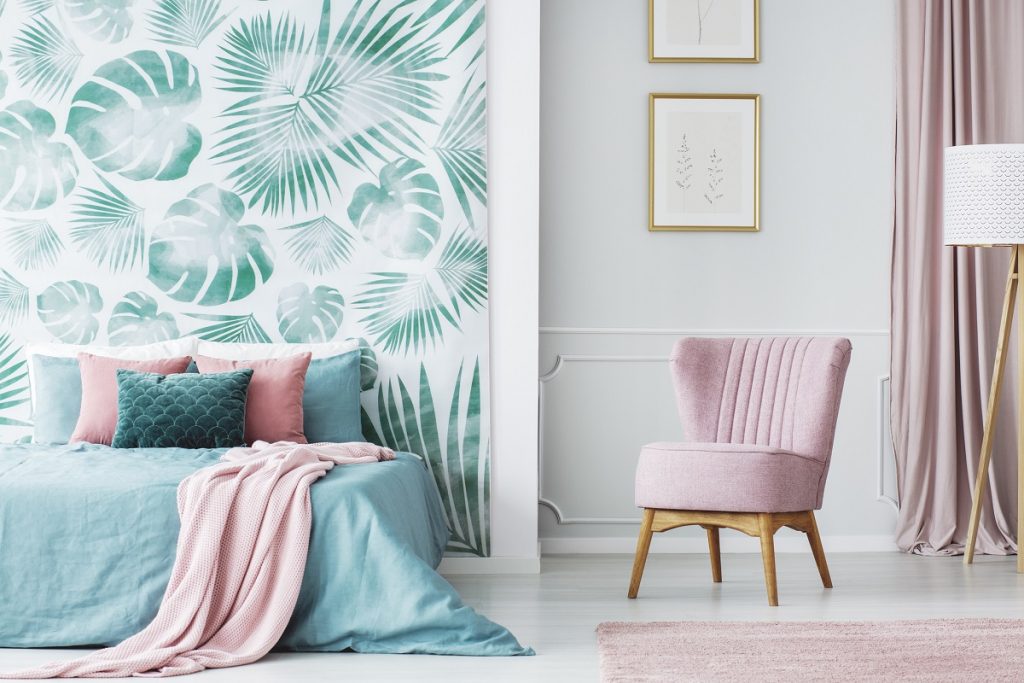Creating the perfect atmosphere in any space relies heavily on the thoughtful use of layered lighting. By combining overhead, task, and ambient lighting, you can craft an environment that is not only functional but also inviting and visually appealing. Each type of lighting serves a distinct purpose and when layered together, they work harmoniously to set the mood and enhance the overall experience of a room. Overhead lighting is typically the primary source of illumination in a room. It provides general lighting that ensures the space is evenly lit and safe to navigate. This type of lighting can come from ceiling fixtures such as chandeliers, recessed lights, or pendant lamps. While overhead lighting is essential, relying on it alone can sometimes make a room feel flat or harsh. To avoid this, it should be balanced with other layers of light that add warmth and dimension. The right overhead lighting brightens the space without overwhelming it, creating a solid foundation upon which other lighting layers can build. Task lighting plays a crucial role in enhancing functionality.

It is focused lighting designed to illuminate specific areas where activities like reading, cooking, or working take place. Desk lamps, under-cabinet lights, and adjustable floor lamps are common examples of task lighting. By directing light exactly where it is needed, task lighting reduces eye strain and improves productivity. It also introduces visual interest by creating contrasts and highlights in a room. When task lighting is layered with overhead illumination, it adds depth and helps carve out different zones within a single space, which is especially useful in open-plan layouts. Ambient lighting is the final layer that contributes to the mood and atmosphere. Unlike the bright and focused nature of overhead and task lights, ambient lighting offers a softer, more diffused glow. This can be achieved through wall sconces, table lamps, or indirect lighting such as cove lights or LED strips hidden behind furniture or architectural details. Ambient lighting adds warmth and coziness, making a space feel more intimate and inviting. It also helps to soften shadows and reduce glare, creating a more comfortable environment overall.
Combining these three layers of lighting allows for versatility and control. With layered lighting, you can adjust the brightness and focus according to the time of day, activity, or desired ambiance. For instance, during a lively gathering, overhead lighting can be brightened to energize the room, while task lights can be turned on in work areas for precision. As the evening winds down, dimming the overhead lights and relying more on ambient sources can transform the space into a calm, relaxing retreat. This flexibility makes layered lighting an invaluable design strategy in Pretty Lantern UK. Moreover, the interplay between these lighting layers can highlight architectural features and décor, enhancing the aesthetic appeal. By placing task lights near artwork or decorative elements, you draw attention to details that might otherwise go unnoticed. Ambient lighting can create a halo effect around objects or cast a gentle glow on textured surfaces, enriching the room’s visual texture. The overall effect is a dynamic space that feels thoughtfully designed and welcoming.
